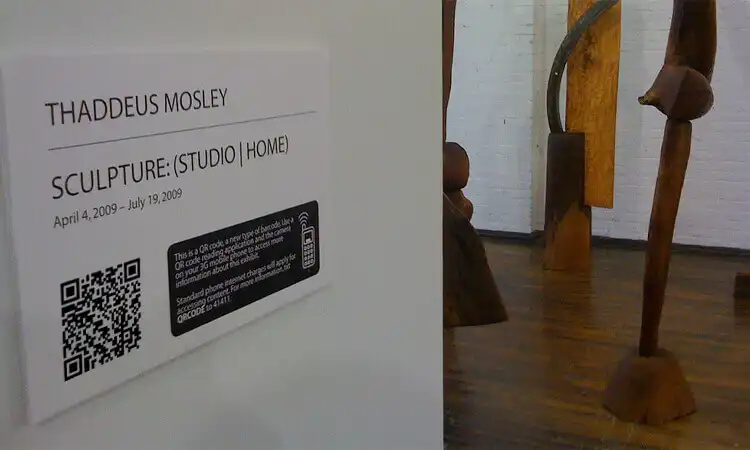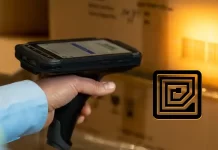QR codes have become ubiquitous in our digital age. They are found in products, advertisements, and even in museums. Museums have embraced QR codes as a tool to engage visitors and enhance their experience. Research shows that visitors who use QR codes spend more time in exhibits and are more likely to return. In this article, we will explore how museum QR code is an innovative approach to engaging visitors and enhancing their overall experience.
Benefits of Using Museum QR Code
A Museum QR code is a powerful tool for enhancing the visitor experience. With the rise of mobile devices, visitors increasingly turn to their phones to access information and engage with exhibits. QR codes offer an innovative and efficient way to provide visitors with additional information, interactive experiences, and increased accessibility.
Enhancing Visitor Engagement
QR codes provide visitors with a more engaging and interactive experience. In fact, a survey conducted by The Museum Computer Network found that 70% of visitors prefer using mobile devices to enhance their museum experience. By using QR codes, museums can tap into this trend and provide visitors with the information and experiences they crave. QR codes can provide unique experiences visitors can’t get elsewhere, such as interactive exhibits and virtual tours.
Providing Additional Information
QR codes allow museums to provide visitors with more information about exhibits than they could fit on display labels. The Smithsonian’s National Museum of Natural History used QR codes to provide visitors with additional information about the “Written in Bone” exhibit. This resulted in a 42% increase in visits to the exhibit.
Creating Interactive Experiences
QR codes can be used to create interactive experiences for visitors. The National Museum of Singapore used QR codes to create a scavenger hunt. This led visitors through the museum and provided information about the exhibits.
Increasing Accessibility and Inclusivity
QR codes can make exhibits more accessible to all visitors. The British Museum used QR codes to provide audio descriptions of exhibits for visually impaired visitors. QR codes can also be used to provide information in multiple languages. This makes exhibits more accessible to non-native speakers.
In the wake of the COVID-19 pandemic, museums have had to rethink how they interact with visitors. Museum QR codes solve some of the challenges posed by social distancing requirements. For example, visitors can use their smartphones to access exhibit information. It reduces the need for physical touchpoints such as audio guides or interactive screens.
QR codes can increase social media engagement by encouraging visitors to share their experiences on social media platforms. By creating unique and interactive experiences, museums can encourage visitors to share their experiences with their friends and followers, thus increasing the reach and visibility of the museum.
Improved data collection and visitor tracking for museums
By tracking visitor behavior and collecting feedback, museums can better understand visitor needs and preferences. This information can be used to improve exhibit design, marketing strategies, and visitor engagement.
Research shows that the use of QR codes in museums has a positive impact on the visitor experience. A study conducted by the University of Leicester found that visitors who used a mobile app with QR codes spent an average of 29.8 minutes at an exhibit, compared to 22.8 minutes for those who did not use the app. In addition, a survey by the American Alliance of Museums found that 74% of visitors who used a mobile app with QR codes found it enhanced their museum experience.
Overall, using QR codes in museums is a win-win for visitors and museums alike.
Of course, not only the museum, maybe you want to know more: The Role of QR Codes in Social Media in the Post-Pandemic Era
Tips for Creating Effective Museum QR Code
QR codes can be a powerful tool for engaging visitors, but creating effective codes requires careful consideration. Here are some tips to keep in mind when creating QR codes for museums:
Ensuring Accessibility for All Visitors
QR codes should be accessible to all visitors, including those with disabilities or language barriers. This can be achieved by:
- Ensuring that codes are large enough to be scanned by assistive technology,
- Providing audio descriptions or translations for visitors who need them,
- Offering alternative ways to access content for visitors who cannot scan codes.
Providing Clear Instructions on How to Use the Codes
To ensure that visitors are able to use QR codes effectively, You must provide clear and concise instructions on how to scan the codes. This can be achieved by including simple instructions on signage near the codes or offering assistance from museum staff.
Making the Codes Visually Appealing
QR codes should be visually appealing and integrated into the overall design of the exhibit or museum. This can be achieved using creative designs or incorporating the codes into interactive exhibits or displays.
Testing and Monitoring QR Codes
Testing and monitoring QR codes to ensure they work properly and provide the intended experience is important. Testing codes can achieve this with different devices and in different lighting conditions. Then, you can monitor usage and engagement data to make adjustments and improvements.
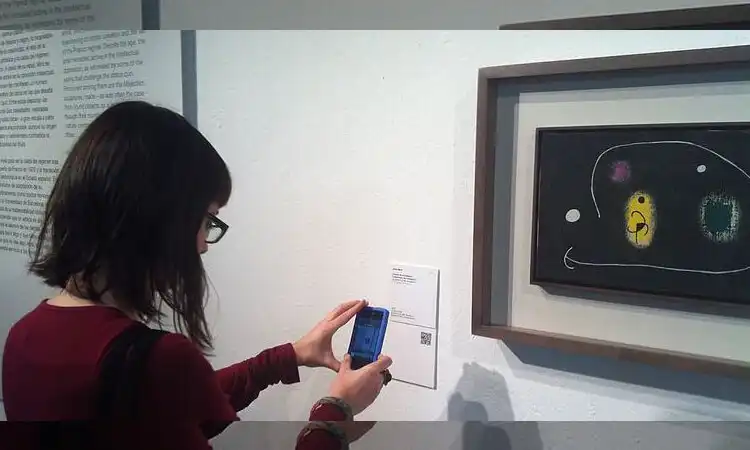
Case Studies of Successful Museum QR Code Implementation
QR codes have been successfully implemented in museums around the world. It provides unique and engaging experiences for visitors. Here are some examples of successful QR code implementation in museums:


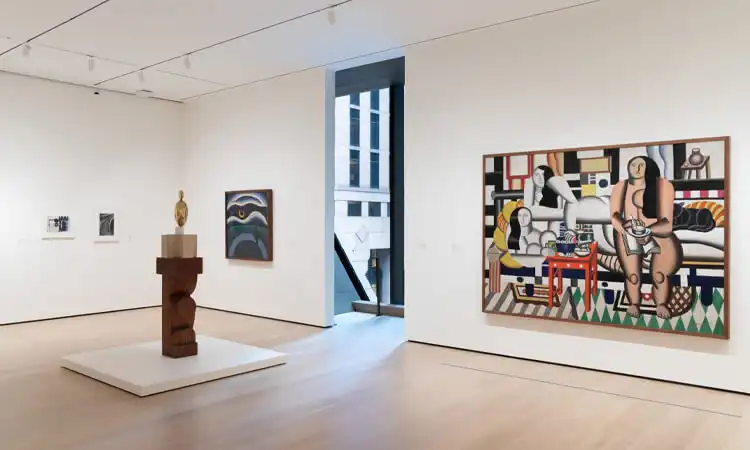
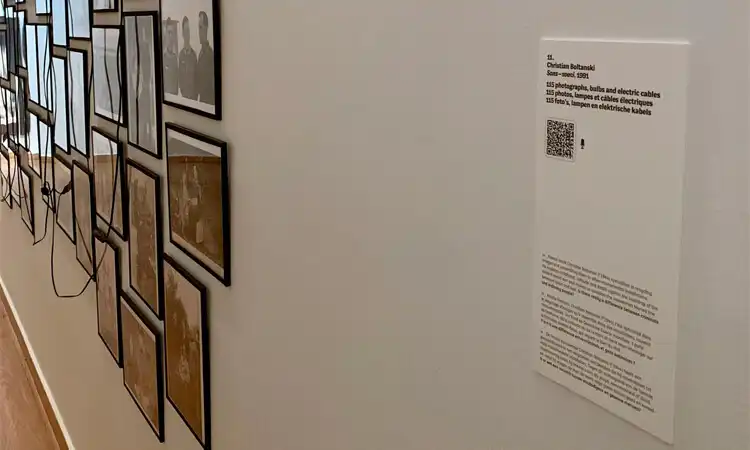
The Museum of Modern Art (MoMA)
The MoMA in New York City has implemented QR codes throughout its exhibits to provide visitors with additional information, audio tours, and multimedia content. QR codes are placed next to exhibit labels, allowing visitors to access additional information about the artworks on display.
Museum of London
The Museum of London uses QR codes to give visitors interactive experiences and behind-the-scenes access to exhibits. For example, visitors can scan codes near exhibits to access videos that show how the exhibits were created or to participate in virtual reality experiences.
The National Museum of Singapore
The National Museum of Singapore has used QR codes to create interactive visitor experiences. One exhibit, titled “Digital Mosaic,” allowed visitors to create a personalized QR code linked to their social media profiles. This allows them to share their museum experience with friends and followers.
The Rijksmuseum
The Rijksmuseum in Amsterdam has used QR codes to create interactive experiences that allow visitors to explore its extensive collection of artworks. QR codes are also placed next to exhibits, allowing visitors to access artwork information. They also can create their own virtual gallery of favorites.
Smithsonian National Museum of American History
The Smithsonian National Museum of American History uses QR codes to provide visitors additional information and context for exhibits. For example, visitors can scan codes near the Star-Spangled Banner exhibit to access a virtual tour and hear stories about the flag’s history and significance.
These case studies demonstrate the versatility and effectiveness of QR codes in enhancing the museum experience. By providing additional information, creating interactive experiences, and increasing accessibility, QR codes are changing the way we experience museums and the artworks they house.
Potential Challenges and Solutions
Research shows that while QR codes can enhance the museum experience, they also have potential challenges. For example, a survey by the Royal National Institute of Blind People found that many QR codes are not accessible to people with visual impairments. In addition, some visitors may not be familiar with using QR codes, which could hinder their experience.
To address accessibility concerns, museums can provide alternative access options, such as audio guides or large print materials. They can also train staff to assist visitors with disabilities or limited access to technology. For example, the Smithsonian American Art Museum provides audio guides and braille materials for visually impaired visitors.
In addition, museum QR codes must be integrated with the overall museum experience to be effective. A study by the University of Gothenburg found that visitors were likelier to use QR codes when integrated into the exhibit design rather than placed as a separate add-on. Ensuring QR codes seamlessly integrate with the exhibit can improve adoption and engagement.
Finally, technology barriers can hinder QR code use, particularly in areas with slow internet speeds or limited device access. Museums can address this by providing Wi-Fi access and device rentals or designing QR code experiences optimized for slower internet speeds. By addressing potential challenges and implementing solutions, museums can ensure that QR codes provide all visitors with a positive and inclusive experience.
QR codes provide museums an innovative way to engage visitors and enhance their experience. By adopting best practices and gaining insights from successful case studies, museums can create effective QR codes. These codes offer unique and interactive experiences to their visitors. It allows museums to boost engagement, showcase their exhibits, and give visitors a memorable experience that will keep them returning for more.
About Museum QR Code Q&A
-
How have Museum QR Code Evolved Over Time?
Museum QR codes have evolved from simple static codes that provide exhibit information to dynamic codes that offer interactive experiences. For example, virtual tours, audio guides, and augmented reality content.
-
What are Some Common Uses of QR Codes in Museums Beyond Exhibit Information?
In addition to providing exhibit information, QR codes can be used in museums for wayfinding. You can use it to provide access to multimedia content. You also can use it to offer discounts or promotions and collect visitor feedback.
-
How do Museums Balance Using QR Codes with Other Technologies and Traditional Methods of Providing Exhibit Information?
Museums need to balance using QR codes to enhance the visitor experience while offering traditional methods of exhibit information, such as labels and audio guides. It’s essential to ensure that all visitors can access the information regardless of their familiarity with technology.
-
How can QR Codes be Used in Museums to Enhance Accessibility for Visitors with Disabilities?
QR codes can provide audio descriptions and sign language interpretation of exhibits. This makes them more accessible to visitors with visual and hearing impairments.
-
What are Some Innovative Ways that Museums have Used QR Codes to Engage Visitors?
Some museums have used QR codes to create scavenger hunts and interactive games. They also use it to encourage visitors to explore exhibits and learn more about the museum’s collections.
-
What Types of QR Codes are Most Effective for Use in Museums?
Dynamic QR codes are the most effective types of QR codes for use in museums. It offers interactive user experiences, such as virtual tours and augmented reality content,
-
How can Museums Ensure that Visitors Know and Understand How to Use QR Codes in the Museum Environment?
Museums can provide clear instructions on how to use QR codes. They can offer demonstrations of how to scan them. They can also assist visitors who have difficulty scanning codes.
-
How do Museum Staff Maintain QR Codes and Their Associated Content Over Time?
Museum staff needs to ensure that the information provided by QR codes is up-to-date and accurate. They can use content management systems to track and update QR code content.
-
What are Some Challenges that Museums May Face in Implementing QR Codes?
Challenges in implementing QR codes can include technical issues, ensuring universal accessibility, and managing visitor expectations.
-
How can Museums Leverage QR Codes to Collect Visitor Data and Insights?
Museums can use QR codes to collect visitor feedback and data, such as visitor demographics and exhibit popularity. This can inform future exhibit planning and marketing efforts.


